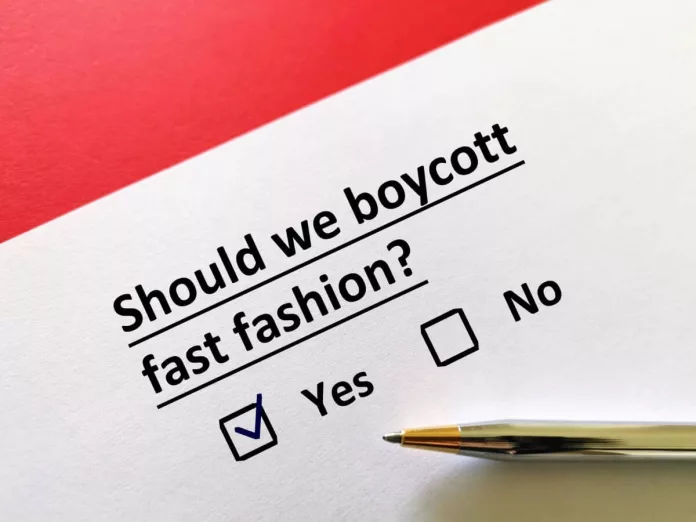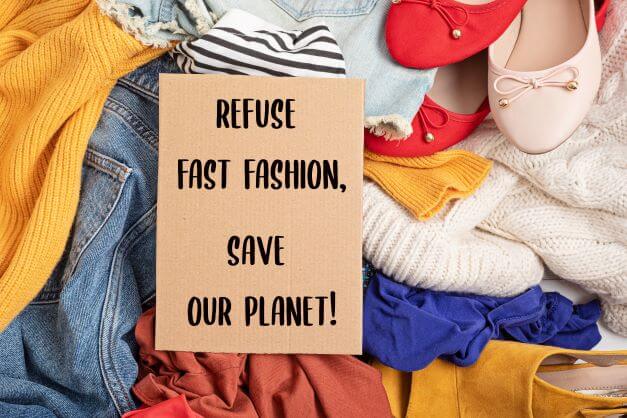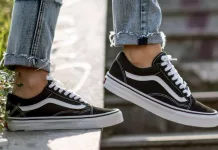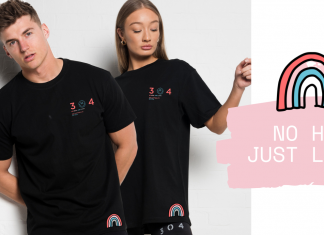
First Published: 17th November 2022, written by Olivia Doonan | Last Updated on 25th January 2024 | Reviewed and Edited by Chloe Safilo
From micro mini skirts to combat trousers, matchy-matchy suits and barely-there transparent dresses, social media is awash with fashion trends that seem to change on a daily basis. How do fashionistas keep up with this constant stream of must-haves? The answer is fast fashion.
Fast fashion is making it possible for customers of all incomes to consume huge amounts of cheap and fashionable clothing. The result is that the industry is working overtime, making it the second-biggest consumer of water and a major contributor to air pollution and global carbon emissions.
However, the convenience that fast fashion provides often means that customers overlook the environmental impacts of their shopping habits. Here are some of the ways in which the industry is harming our planet and what we can do about it.

How fast fashion is impacting our planet
Ground-breaking research has revealed that the fashion industry contributes a mammoth 10% of all global carbon emissions. That’s as much as the European Union alone.
During production, the processes not only use gallons upon gallons of water, but they also pollute rivers and streams with intensive dying operations and release tons of microfibres into the ocean each year.
After production, clothes are shipped far and wide. This requires thousands of international flights and freight ships to complete the operation, further increasing the industry’s already enormous carbon footprint in the process.
Finally, given the low quality of these mass-produced clothes, consumers are more than likely to wear the garment a single time before discarding it. As a result, the UK alone sends 300,000 tonnes of clothes to landfill each year. At every point of the supply chain, fast fashion works against the planet in order to satisfy fleeting, trend-driven appetites for new clothing.

What is the industry doing about it?
The industry is well aware of its environmental impact and many fast fashion houses, including Bohoo, Pretty Little Thing and Shein, have been called to account for their damage.
Other brands like Zara, H&M and Mango are tackling the problem head-on and have set out environmental goals. These include producing 100% recycled products and investing in organic materials that don’t release dangerous microfibres in the wash.
They have also turned their attention to the stores themselves, pledging to use only renewable energy and drastically reduce their electricity consumption. Others are also acknowledging the environmental impacts of excessive packaging, banning plastic bags and opting instead for reusable, recyclable materials.
How can you help?
Avoiding fast fashion is a great first step for any consumer. Instead, buy quality clothing from sustainable designers, shop at charity and second-hand shops and upcycle your existing clothing wherever possible.

















































